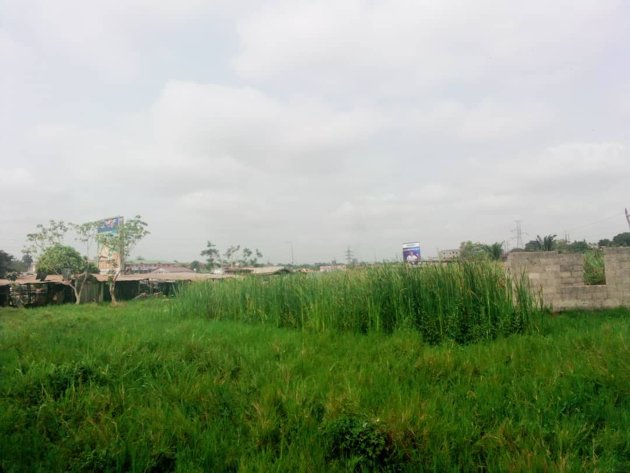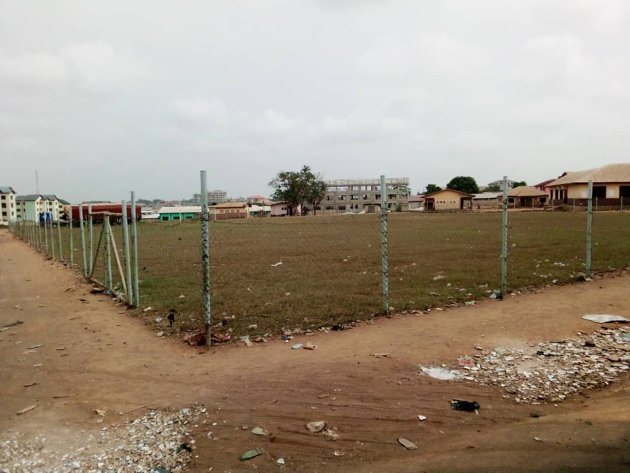Sustainable Cities
Can a mobile app help to make cities more biker friendly?
7 min
Urban green can improve the quality of life of people living in cities, particularly those in less affluent neighbourhoods. To better plan and manage urban green, we must understand how residents see their urban green and what they need from it
Access to a clean, healthy, and sustainable environment is a universal human right. For people living in cities, urban green spaces like parks, gardens, and trees are essential to that sustainable environment.
Urban green can be important to residents for many reasons. For example, it cools down air temperatures in cities and offers space to meet other people, socialize, or enjoy nature.
For many cities across the Global North, we know how residents perceive urban green and what these green spaces offer. However, we must improve our understanding of Sub-Saharan Africa, especially in less affluent neighbourhoods.
In such areas, residents often face several challenges: lack of education and training opportunities, inadequate income and access to essential services, including urban green.
Despite these challenges, residents of such areas may depend more on urban green spaces and what they offer. For example, residents may use wood from a forest nearby as fuel instead of gas or coal.
As the number of people living in cities grows worldwide, we need to better understand how to plan and manage urban green spaces accordingly.

Street trees in Dakodwom. Photo by field assistants for Rexford Osei Owusu.
In this study, an ITC Master student asked more than 200 residents of two settlements in Kumasi, Ghana, about urban green spaces in their neighbourhoods.
The residents explained the types of urban green spaces in their neighbourhood and what they offer, such as places for sports or fuel wood.
The residents also mentioned which additional urban green spaces they would like to have in their neighbourhood and how they would like to use them. The study compared their views with the urban green spaces we can see on satellite images and with what specialists like urban planners say.
This is not the first time residents have been asked about their perceptions. What our study did for the first time was compare residents' views with what is actually available in their neighbourhoods and how residents see the gap between the two.

Wetland in Dakodwom. Photo by field assistants for Rexford Osei Owusu.
So, what green spaces did we find?
The satellite images revealed three main types of urban green spaces in the two settlements: both have street trees. One settlement has wetlands, while the other has access to a sports field nearby.
Interestingly, residents of both settlements pointed out another type of urban green space: private gardens. Gardens were not visible in the satellite images because gardens can consist of plants cultivated in containers or pots on balconies or corridors, which are too small to see from above. That makes it clear that more than just using satellite images for such a study is required.

Sports field in Ayigya Zongo. Photo by field assistants for Rexford Osei Owusu.
In the settlement with street trees, gardens and wetlands, residents pointed out that urban green improves their environmental quality, for example, by lowering temperatures and lessening flooding problems.
On the other hand, residents with access to the sports field were focused on how the sports fields allowed recreation and meeting others.
Although we found some urban green in both settlements, there is too little urban green available for the residents, according to international standards and what the Town and Country Planning Department of Kumasi would like to have.
Experts and residents agree that space in both settlements is very limited. A high demand for housing means more and more green spaces are being used for additional shacks and houses.

Garden in Dakodwom. Photo by field assistants for Rexford Osei Owusu.
Residents of both areas value their urban green. They would like to see more in their neighbourhoods, especially access to sports fields, street trees and gardens.
However, they are also very much aware that there is little space to add more green.
Some residents even said they are content with what they have because they do not see how things could be changed. Others mentioned they could not complain because they were squatters.
We see both as ways residents make the best of what they have.
However, that might also mean that fewer residents try to improve their situation. Improving this situation requires many people to work together: local planning authorities and other government agencies, traditional authorities, and residents.
Want to learn more? The master thesis was presented as a scientific article. Click here to read the full article "Supply and demand of ecosystem services of urban green spaces in deprived areas: Perceptions from Kumasi, Ghana" .